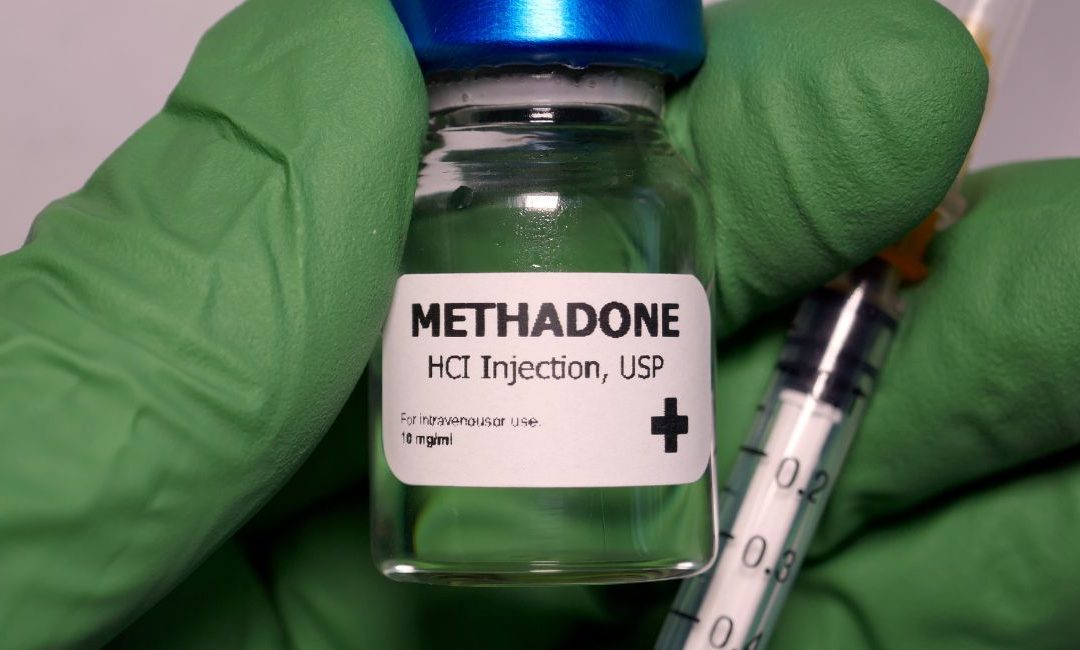Role of Glucocorticoids and Mineralocorticoids
Glucocorticoids are cardiac stimulants and they help activate the release of essential vasoactive substances. Corticosteroids are produced when the body is under stress. Without corticosteroids, stress can cause hypotension, shock, and eventually death.
Cortisol can have serious systemic side effects such as a decrease in vascular tone and reduced effects of catecholamine such as epinephrine and norepinephrine. Both of these effects can lead to adrenal crisis and shock. Cortisol deficiency can result in metabolic abnormalities such as decreases in the following:
- glucose production
- protein and fat metabolism
- appetite and digestion
A type of mineralocorticoid known as aldosterone is triggered by the release of angiotensin II. Angiotensin II triggers the adrenal glands to release aldosterone and also triggers the pituitary gland to release a hormone known as the antidiuretic hormone (ADH). Aldosterone deficiency can result in the following:
- profound fluid and electrolyte imbalances
- a decrease in sodium and water retention and circulating blood volume
- an increase in both potassium and hydrogen ion reabsorption










